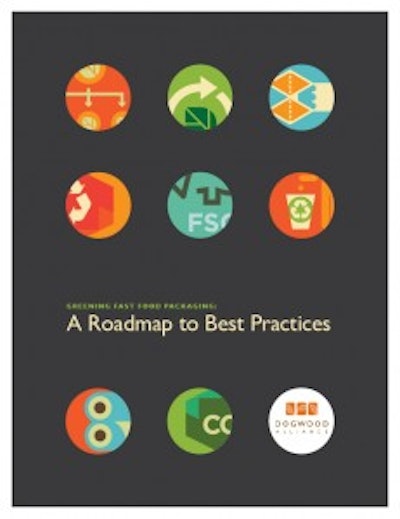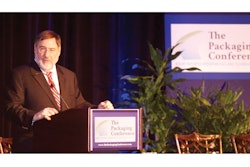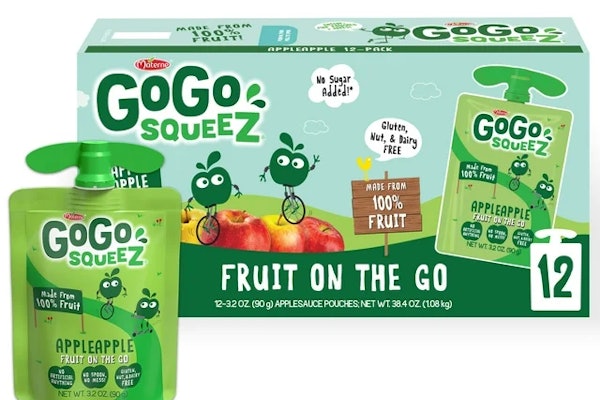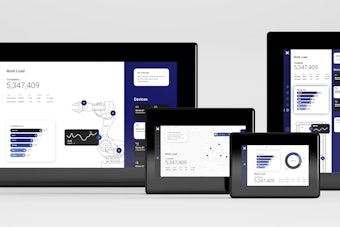
Eight key attributes of environmentally friendly fast-food packaging and simple guidance on how to assess environmental impacts in the supply chain are provided in a new report, “Greening Fast Food Packaging: A Roadmap to Best Practices,” from Dogwood Alliance. The report highlights leaders in the fast-food industry that have undertaken key initiatives that will help move the entire sector forward. Also included is an action plan to focus corporate sustainability efforts.
Issues associated with greening fast-food packaging are complex, and improvement requires an intentional and comprehensive approach, notes the report. The roadmap reveals straightforward opportunities for companies to take meaningful action rather than greenwashing empty efforts. According to Dogwood, leaders in the sector such as McDonald’s and Starbucks have proven that with a commitment from the top leadership down, real progress is possible.
For fast-food companies, the report says, the key place to start is with paper packaging. Paper makes up the lion’s share of fast food packaging, and destructive impacts to forests and communities from paper production are well documented. The work begins when corporate leadership adopts an environmental paper packaging policy that includes a reduction in the overall use of packaging, an increase in the use of recycled fiber, and the elimination of controversial sources of paper, including fiber from endangered forests and natural forests converted to tree plantations.
“Real leadership emerged from companies like McDonald’s and Starbucks who have taken important steps to reduce packaging, increase the use of recycled content, and eliminate controversial sources of paper originating from destructive logging practices,” says Scot Quaranda, campaign director at Dogwood Alliance and one of the report’s authors. “Unfortunately, some companies have chosen to simply paint their paper packaging green by utilizing the Sustainable Forestry Initiative [SFI] certification, which actually certified destructive logging practices as sustainable.”
The report highlights key leaders who stepped out from the pack to take initiative on the eight key attributes. For example, Starbucks has committed to reducing the overall use of packaging and pushed the FDA to increase the maximum allowable recycled content in food-grade packaging. Another example cited by the report is McDonald’s, which adopted an environmental packaging policy that included both continued progress on the increased use of recycled fiber and a comprehensive approach to its nonrecycled paper packaging. That commitment eliminates fiber coming from the conversion of natural forests to plantations and gives a clear preference to Forest Stewardship Council (FSC) certified paper. These initiatives involved multiple stakeholders, from packaging suppliers to environmental organizations, and set the new standard for excellence, Dogwood says.
The report also shines the spotlight on companies like Yum! Brands, the target of the Dogwood Alliance Kentucky Fried Forests campaign, which relies on SFI certification, “which certifies as sustainable the worst forest practices including logging of endangered forests, conversion of natural forests to plantations, and large-scale clear-cutting,” according to Dogwood.
In addition to highlighting the key issues associated with paper packaging—reduction, increased use of recycled fiber, and elimination of controversial paper sources—the report highlights other attributes for across-the-board greening of a company’s packaging. These include corporate leadership, utilizing a full life-cycle approach, increasing in-store recycling and recovery, eliminating toxic inks and labels, and managing the overall carbon footprint.
“We hope that by boiling down complex issues into a straightforward, stepwise action plan, companies can make progress on their packaging, creating a win-win for our forests and the corporate bottom line,” says Quaranda. “By following our roadmap and working with experts in key areas associated with the packaging supply chain, more companies can lead rather than lag further behind.”





















